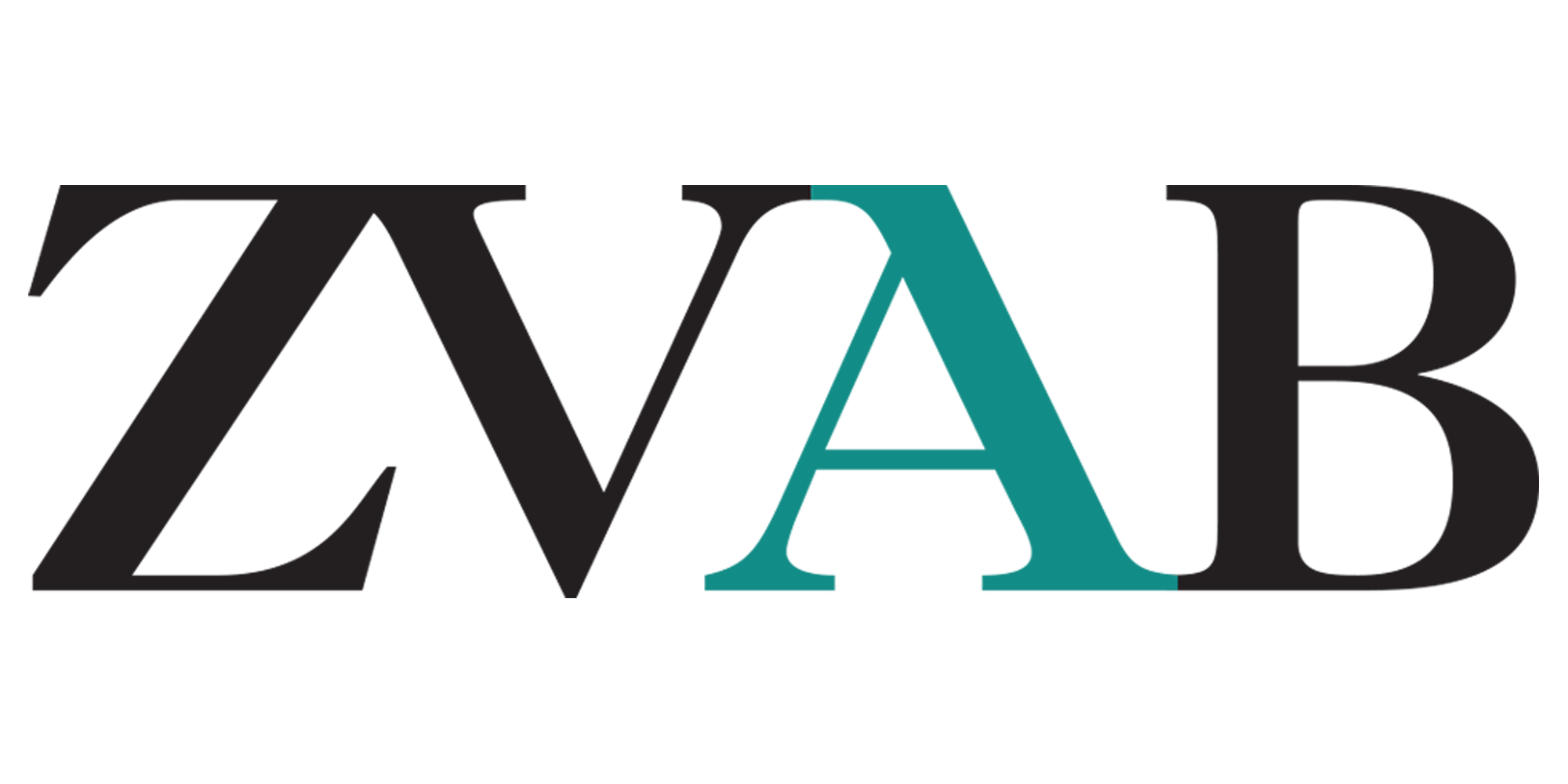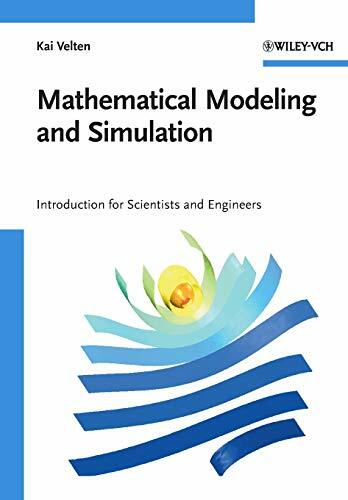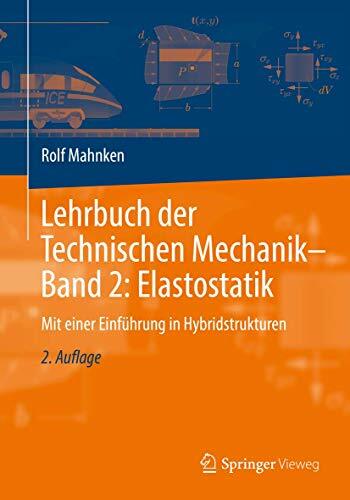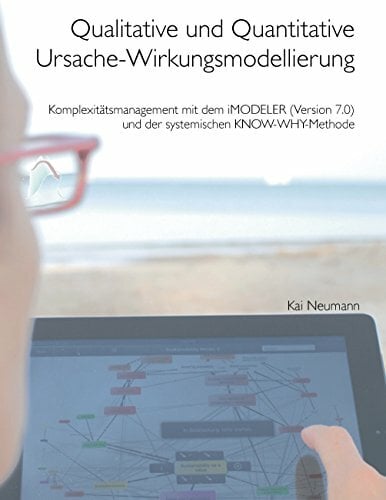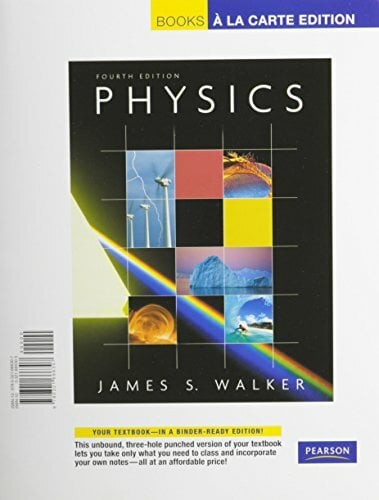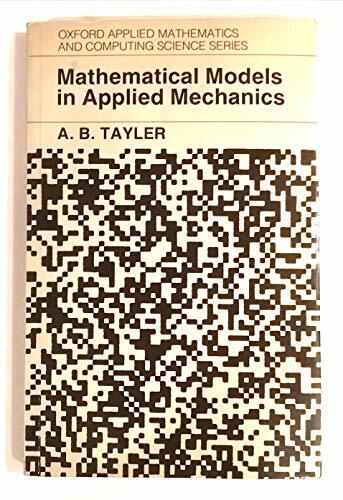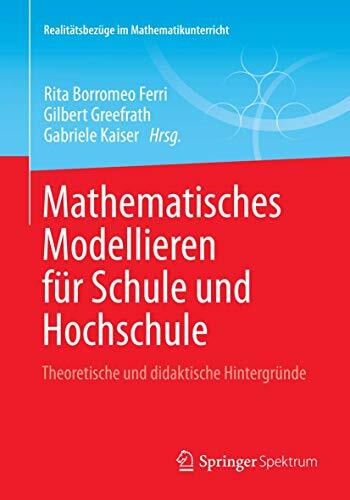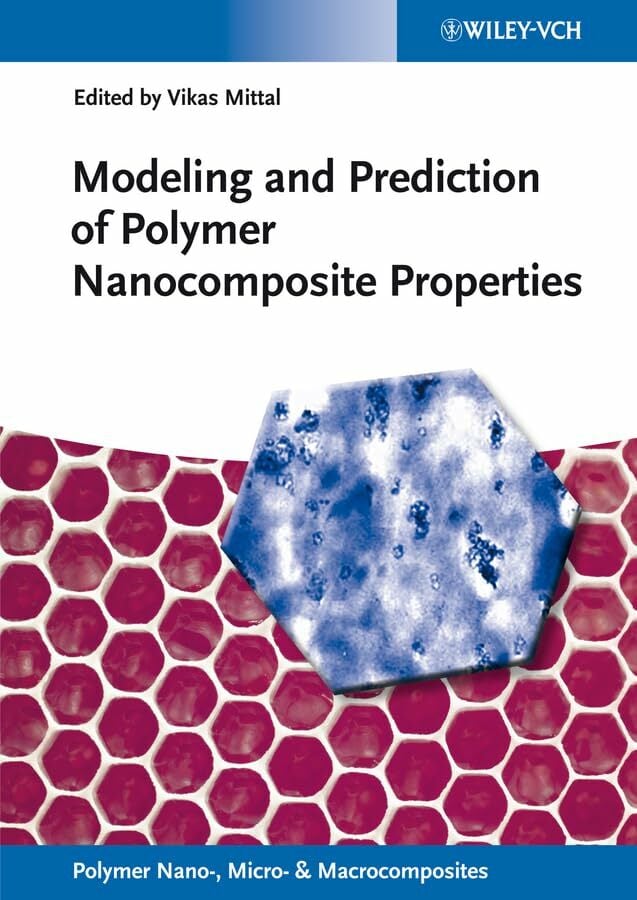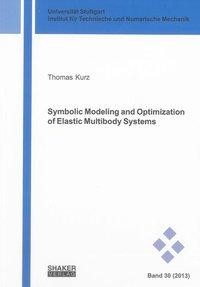
Symbolic Modeling and Optimization of Elastic Multibody Systems
Kurzinformation
inkl. MwSt. Versandinformationen
Artikel zZt. nicht lieferbar
Artikel zZt. nicht lieferbar

Beschreibung
The method of elastic multibody systems is a powerful tool to simulate and analyze mechanical systems. Its main applications are systems with large, nonlinear motions but small deformations. Here, the software Neweul-M2 is described, which is a simulation package in Matlab. The author of this thesis was involved in its development. It uses the Matlab Symbolic Math Toolbox to perform symbolic computations in order to set up the kinematics and equations of motion of the system under consideration. With this approach, the symbolic engine and the large numerical toolset of Matlab can be applied. The symbolic equations of motion enable an efficient optimization of the system. In the first part, the fundamental relations to describe multibody systems and to set up the equations are explained. Here, four formulations are presented as they are implemented in Neweul-M2. Two of which result in symbolic equations, while the other two result in numerical algorithms. The different formulations are investigated by their performance on three systems. All these algorithms use only very few algebraic constraint equations. Usually, their information is contained inherently in the equations of motion. However, for some systems, e.g. when using kinematic loops, algebraic constraints are preferred. The easiest way to handle such systems is to choose an appropriate integrator which ensures that the constraint equations are respected. In these formulations, most often only the time derivatives of the constraints are considered, which can lead to integration errors. Alternatives are methods, where the generalized coordinates are projected onto the available directions of motion. Then, this combination locally respects the constraint equations, making a root-search unnecessary. Commonly, the user has to select the set of independent coordinates, when this method is applied. While this may work well for some systems, this often leads to problems in certain system configurations. Here, two alternatives are presented, which automatically select the best linear combination of generalized coordinates using the QR- or SVD-decomposition. The software Neweul-M2 is characterized by its symbolic approach and its data management. It uses a global data structure to store all information, like the system definition and the results. This data structure is freely accessible for the user. This concept makes the handling very easy for the users, as the complete information is available in readable form. Also an export to other languages can be easily done. One of the goals of implementing Neweul-M2 is to use it to optimize the elastic multibody systems under consideration. As a wide variety of different optimizations is possible with Neweul-M2 and many of them are implemented ready to use, these possibilities are explained. First, available criterion functions are presented. Among standard methods, a new method is presented which introduces additional bodies to modify the system behavior. This can be considered a shape optimization which avoids the remodelling of an elastic body in every step. The presented methods are investigated and compared using four examples. Most of the presented methods to optimize a system are implemented ready to use in Neweul-M2. With this, the user of the software has many valuable tools available to investigate and optimize a multibody system. This includes effcient implementations for a variety of systems. The software can include elastic bodies, constraint equations, arbitrary force laws, and many other useful elements. Many different possibilities are not only available concerning the optimization, but also the investigation, analysis, simulation, and visualization of systems. It can easily be extended by the user and further developers to incorporate some of the not yet investigated fields. With this, a useful toolkit has been set up, ready for many applications.
Produktdetails

So garantieren wir Dir zu jeder Zeit Premiumqualität.
Über den Autor

- hardcover
- 278 Seiten
- Erschienen 2017
- World Scientific

- hardcover
- 340 Seiten
- Erschienen 2005
- Springer

- Kartoniert
- 299 Seiten
- Erschienen 2021
- Springer Vieweg

- paperback
- 560 Seiten
- Erschienen 2008
- Springer

- hardcover
- 780 Seiten
- Erschienen 1985
- John Wiley & Sons Inc
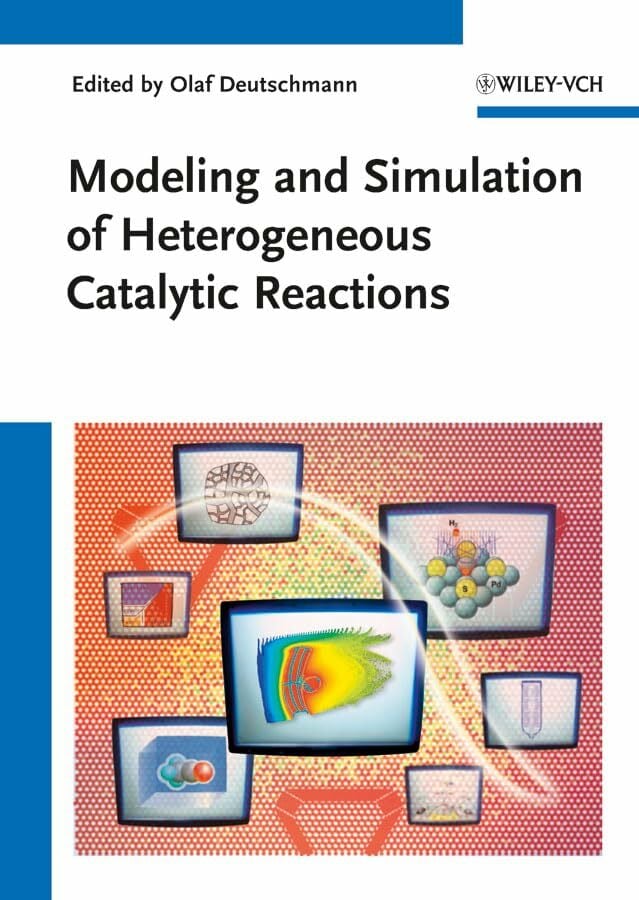
- Gebunden
- 354 Seiten
- Erschienen 2011
- Wiley-VCH





